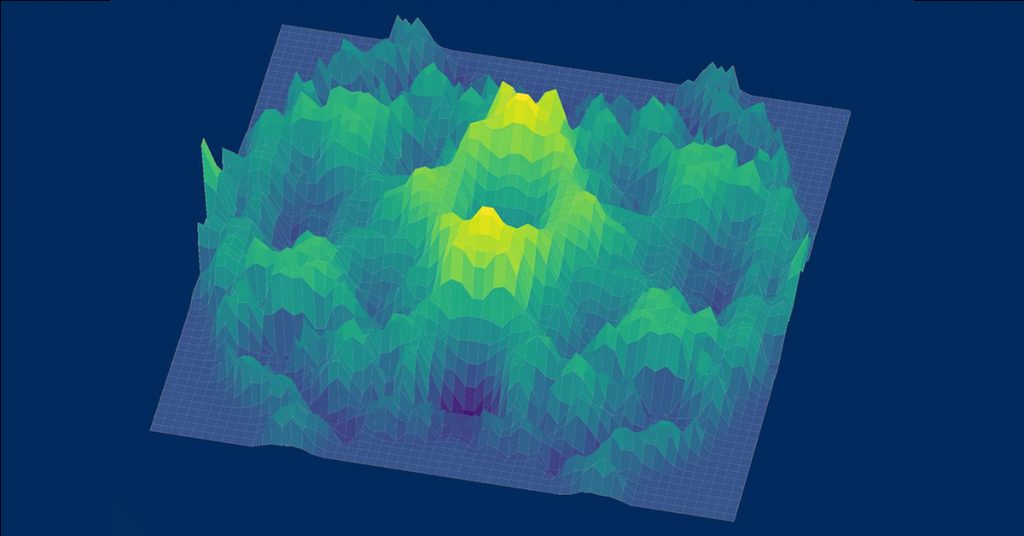An international team of scientists has stumbled upon a novel type of brain cell hidden amidst neurons and their supporting structures.
Surprisingly, this new cell type displays characteristics of both neurons and supporting cells, allowing it to actively participate in neurological functions while still providing support to the surrounding nervous tissues.
Astrocytes, which are abundant in the brain, have long been regarded as passive cells, primarily serving the role of protecting neurons. However, the field of neuroscience underwent a significant transformation when evidence emerged suggesting that astrocytes might play a role in neuronal “firing” by releasing glutamate, the brain’s primary neurotransmitter.
While laboratory studies have suggested that astrocytes can release and absorb glutamate, their exact function in a live, healthy brain is still under investigation.
In pursuit of this hypothesis, researchers from various institutions in the United Kingdom and Europe have discovered a remarkable hybrid cell within the brains of mice.
“In between neurons and astrocytes, we now have a new kind of cell at hand,” said pharmacologist Andrea Volterra from the University of Lausanne in Switzerland (UCIL). “Its discovery opens up immense research prospects.”
Using single-cell RNA-sequencing, Volterra and his colleagues identified nine distinct clusters of astrocytes in the brain’s hippocampus. Cluster number 7 was particularly noteworthy, as it was localized to specific regions of the hippocampus and possessed all the molecular machinery required to package glutamate for release.
By employing a form of glutamate imaging in live mice, the researchers observed that these specialized cells release glutamate at precise locations that resembled synapses, where two neurons typically communicate by releasing glutamate.
“These cells modulate neuronal activity, controlling the level of communication and excitation among neurons,” explained neuroscientist Roberta de Ceglia from UNIL.
When the research team disrupted these astrocyte-like cells, the mice exhibited memory impairments.
Volterra and his colleagues are now planning further studies to investigate the role of these hybrid cells in brain diseases such as Alzheimer’s, which is characterized by memory impairment.
“By uncovering this unique subpopulation of specialized astrocytes in the adult brain, we gain insights into the complex functions of astrocytes in the central nervous system (CNS), both in physiology and diseases, and identify a potential therapeutic target,” Volterra noted.
For now, these distinctive cells are referred to as glutamatergic astrocytes, representing a novel and pioneering discovery in the field









